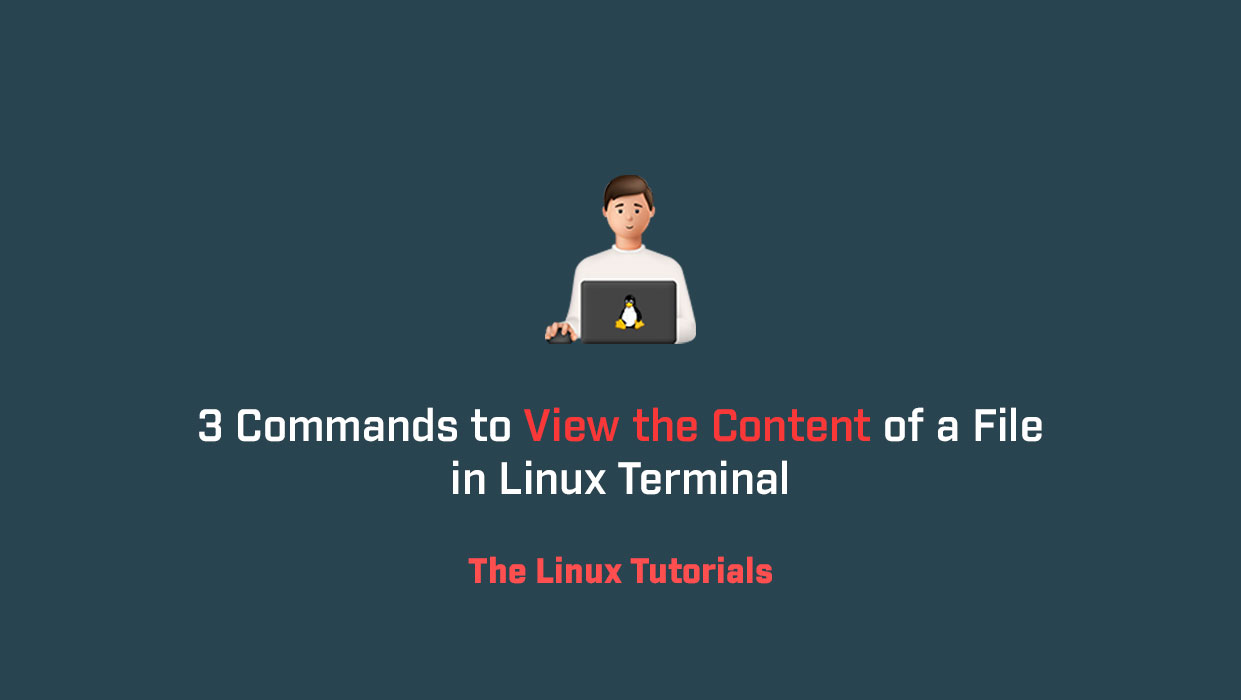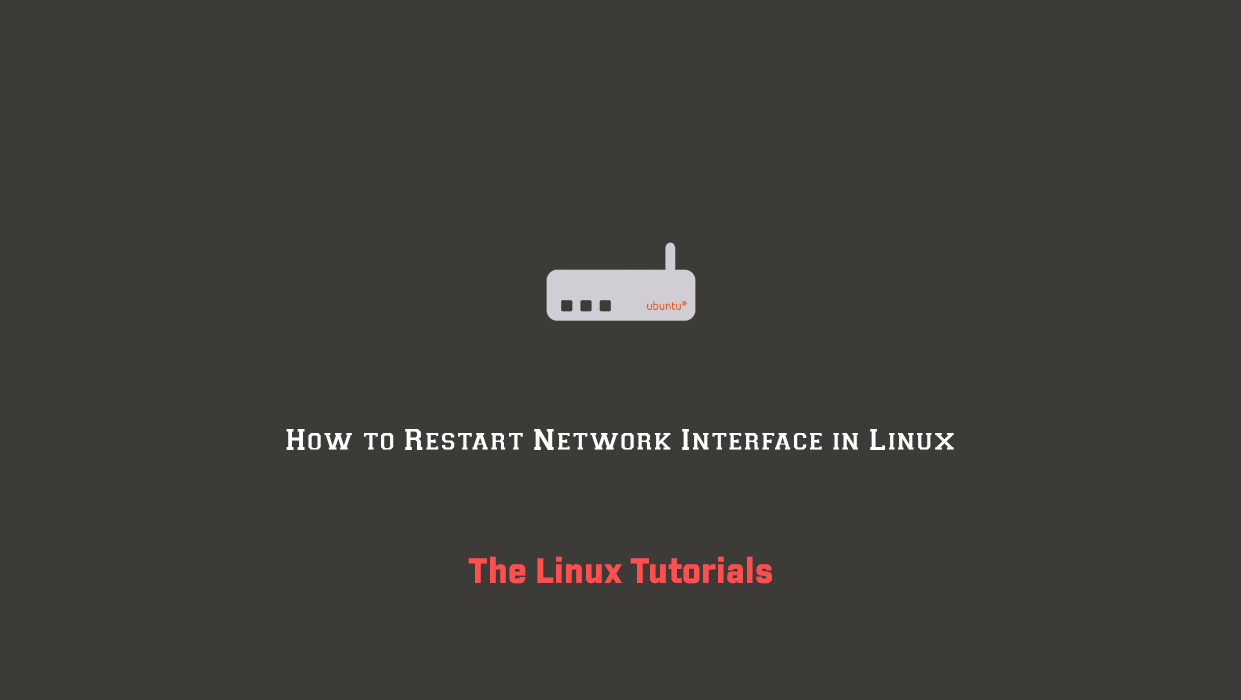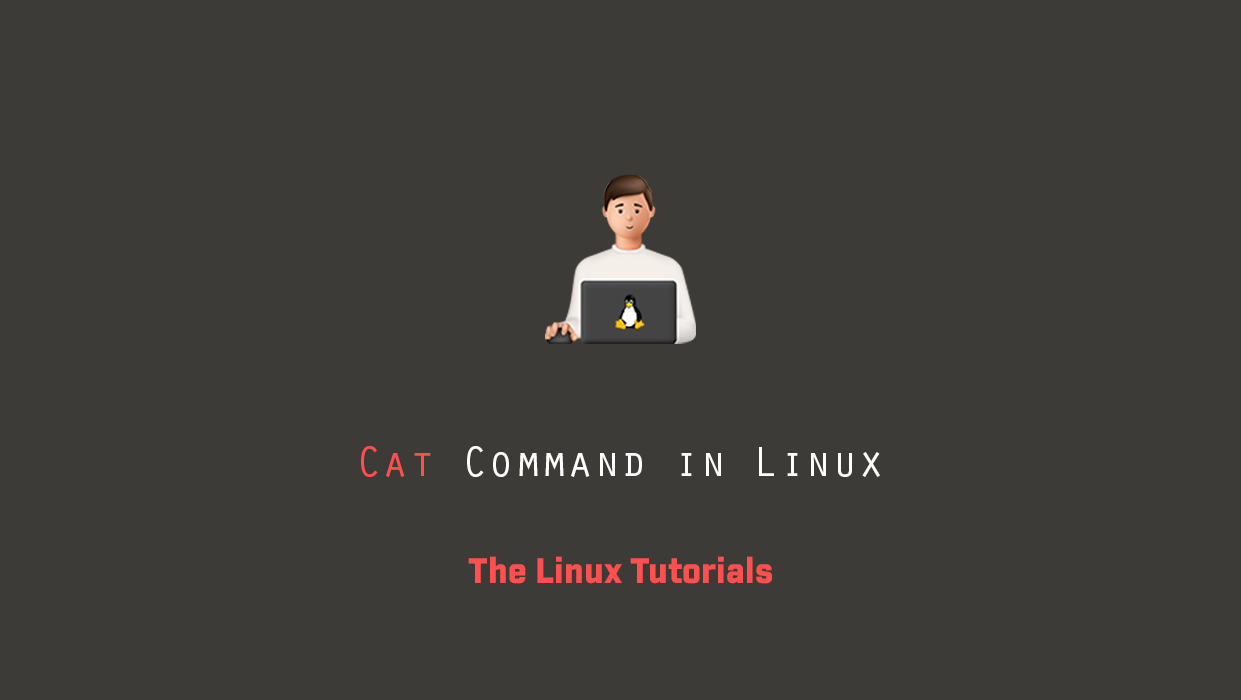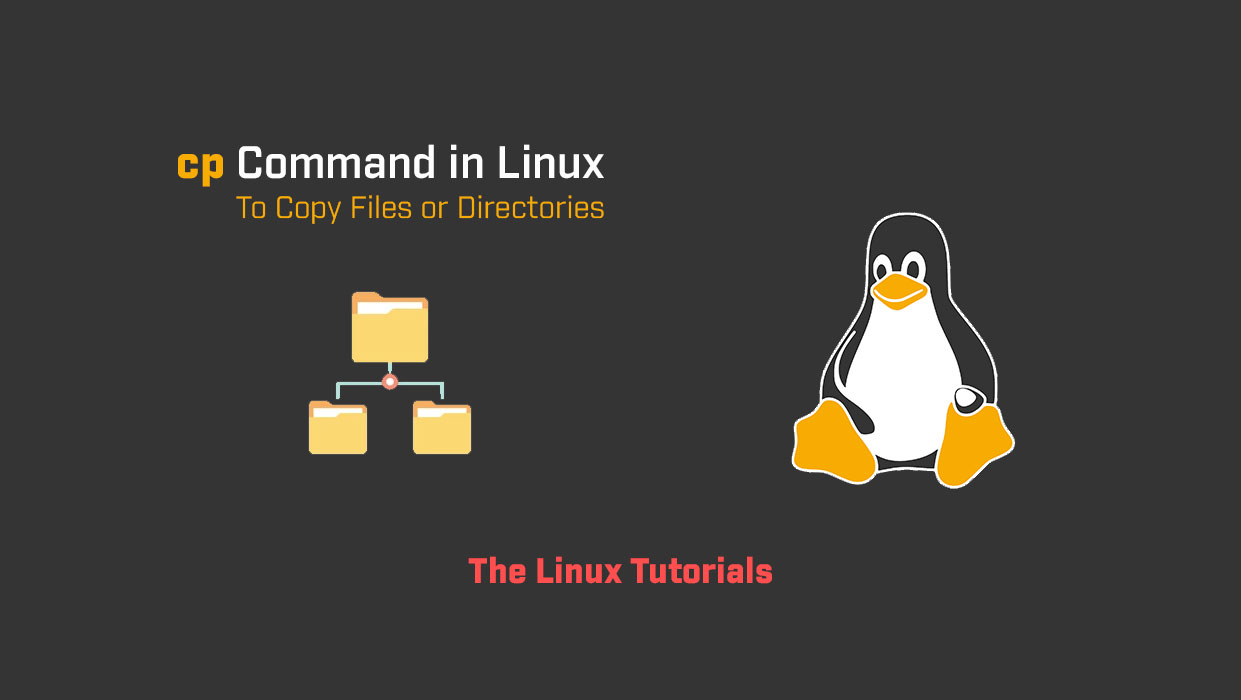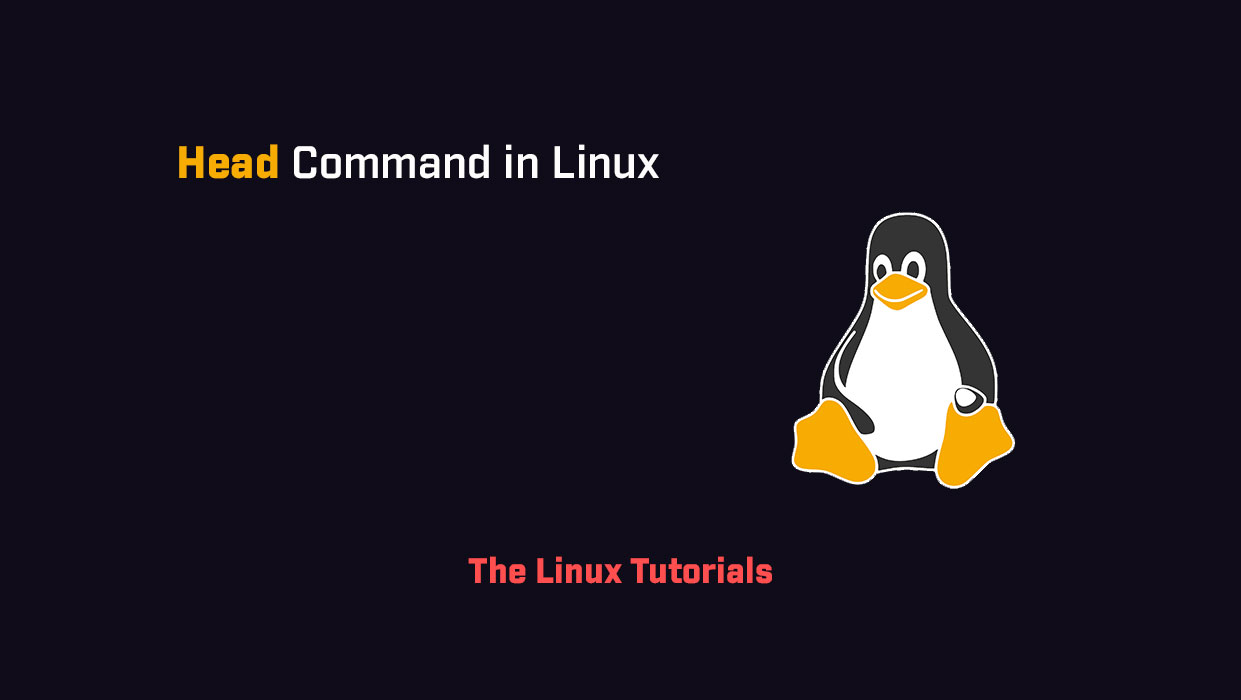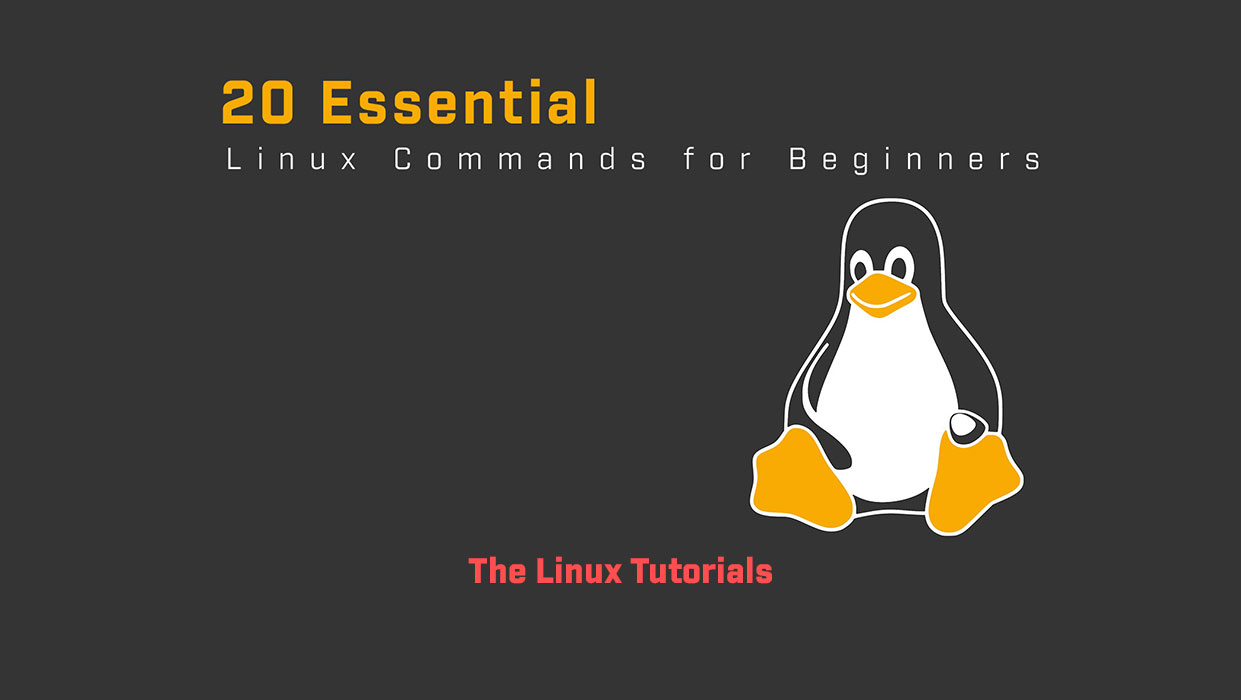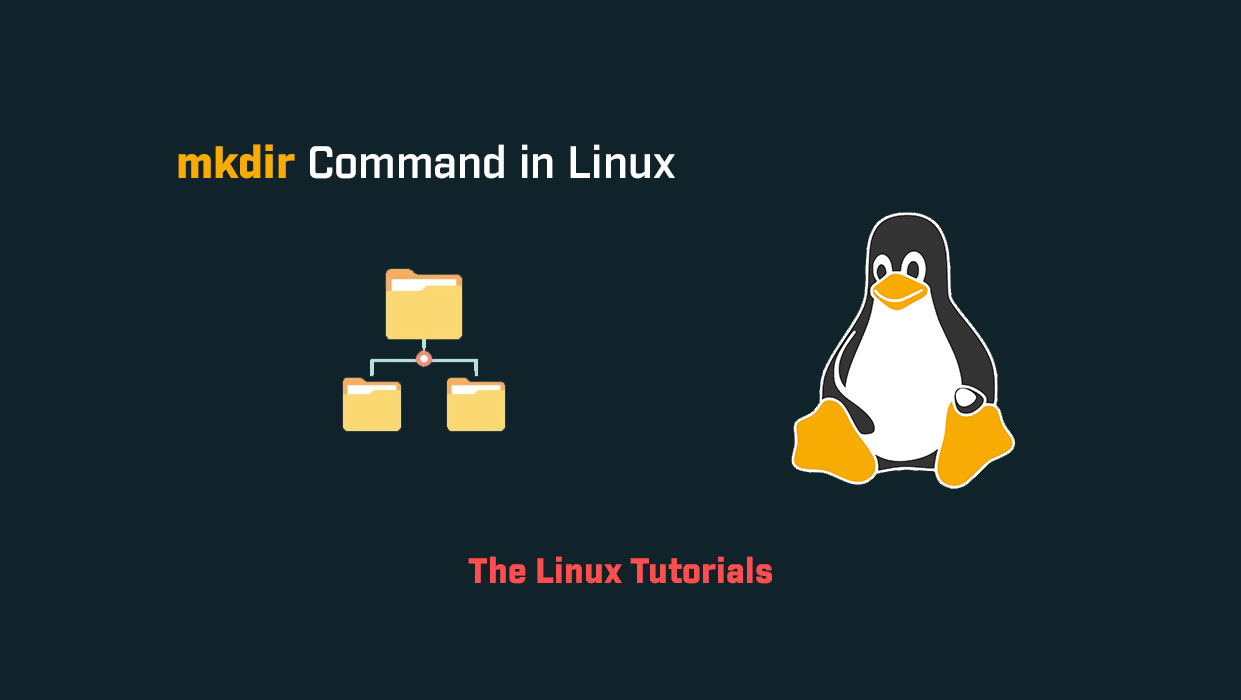In this guide, we will explain the chmod command in Linux. Managing file permissions is one of the most important tasks in Linux. Whether you are a developer, system administrator, or a regular user, you must know how to control who can read, write, or execute a file. This is where the chmod command comes […]



